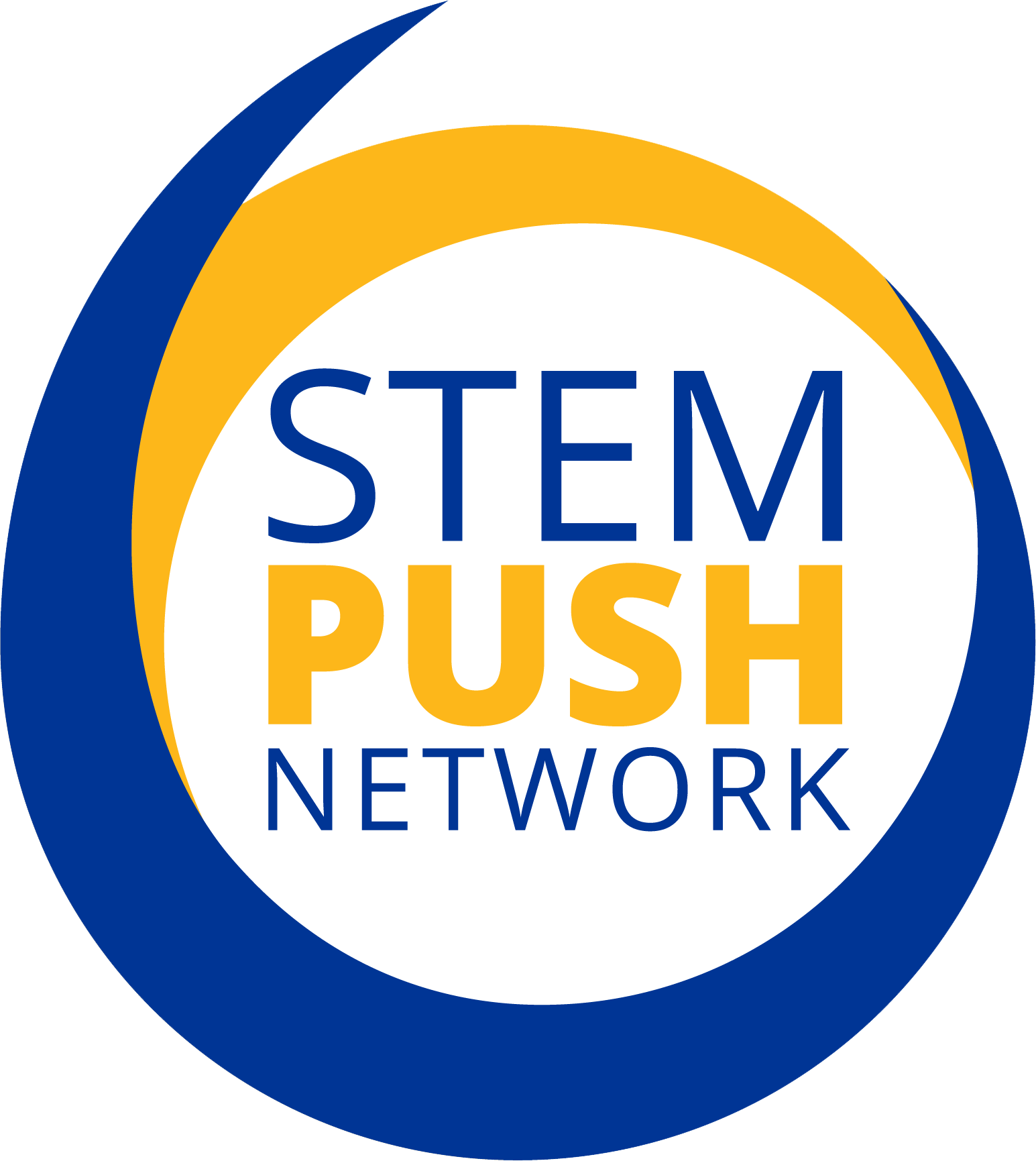Work from the inside out: Reach out to PCSP parent institutions and other ecosystem members in higher education, and ask them who they know.
If any of your PCSPs are housed at colleges or universities, begin by working with these programs to connect with their admissions departments. Then, reach out to any other colleges, universities, or institutions in your ecosystem. Give them background on STEM PUSH work and explain that you’d like to learn more about their STEM programs’ admissions processes.
Also, ask those in your ecosystem for contacts or introductions to admissions officers and follow-up as needed. Request an introductory meeting between admissions officers, STEM departments, your PCSPs, and the STEM PUSH team.
The Pittsburgh team acknowledges that this was a difficult task; about one-third of their prospect list ultimately attended their event. Importantly, however, it demonstrated a need for the continued growth of their contact list and an investment of consistent time with contacts to build authentic relationships.
Reach out early and often to other higher education institutions. Target specific contacts as able and keep conversations creative.
After contacting colleges and universities within your ecosystem, reach out to other institutions. Use your outreach efforts as a way to connect with those you haven’t worked with before. When communicating with new contacts, explain the goals of STEM PUSH work and request a preliminary meeting to discuss their admissions processes.Keep these initial conversations broad, as they may be a springboard for related collaboration or convenings. Also, think about how new relationships could apply to or benefit your entire ecosystem.
Tap into regional, state, or interest-driven associations.
Consider expanding your higher education outreach beyond your local area. Are there regional or state-wide associations you could tap into to find additional college or university contacts? Similarly, you could search for higher education prospects based on interests related to STEM PUSH, such as institutions that employ culturally sustaining practices in STEM departments.Showcase – and manage – new relationships.
Report back to your ecosystem as you broker new connections between PCSPs, admissions departments, and the STEM PUSH Network. Highlight and celebrate new relationships.
Connect with students who’ve participated in PCSPs to capture feedback and insight.
Connecting with program participants will help center student voice and experience in your STEM PUSH work. It will ensure those who have the most to gain from advances in equity are heard, represented, and involved in the change-making process.Consider hosting a listening session with your PCSPs and their students or help your PCSPs develop a student feedback survey. Use these tools to capture first-hand, regional specific data, stories, and/or examples about equity in STEM. Where or how have Black and Brown students encountered roadblocks in their STEM learning or career pathways? How have PCSPs helped? Where could they do more?
You can help programs share and compare student experiences at the ecosystem level to gauge progress toward STEM PUSH goals. This information may also be helpful in related policy or funding conversations.

